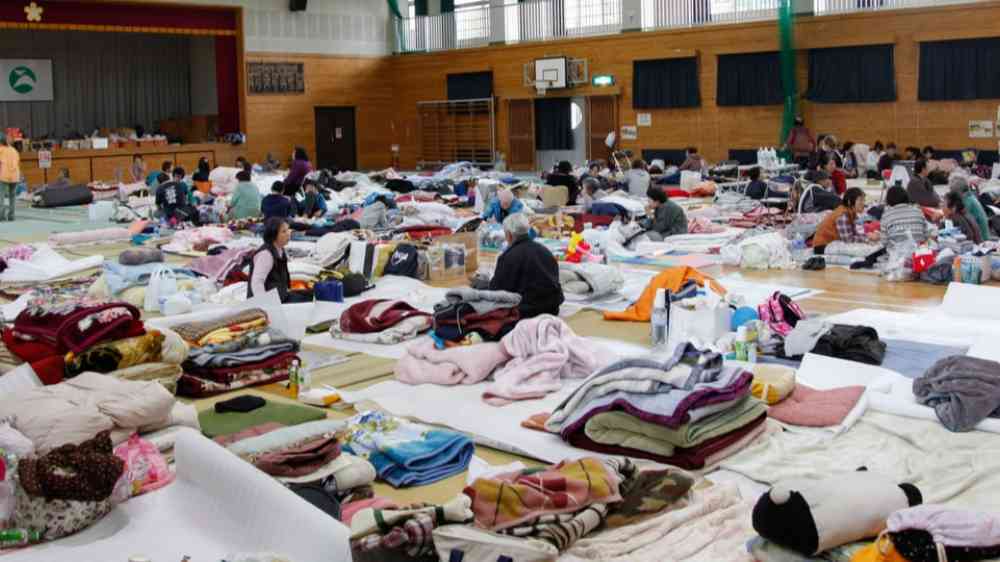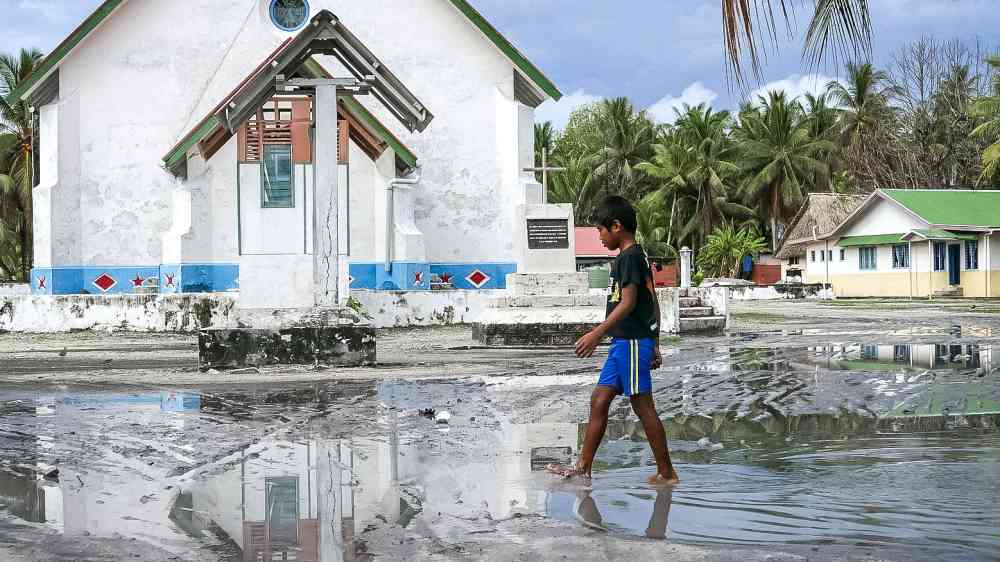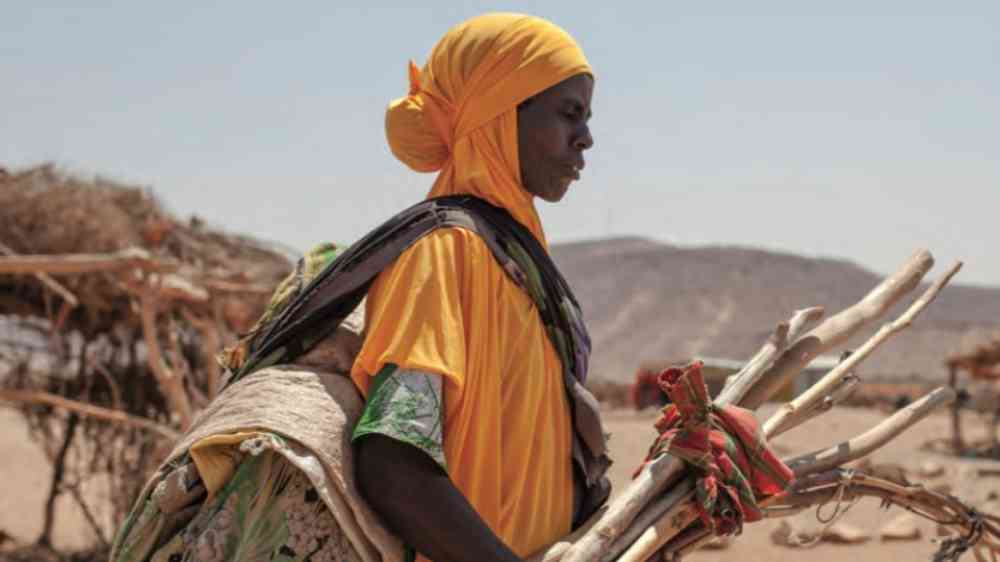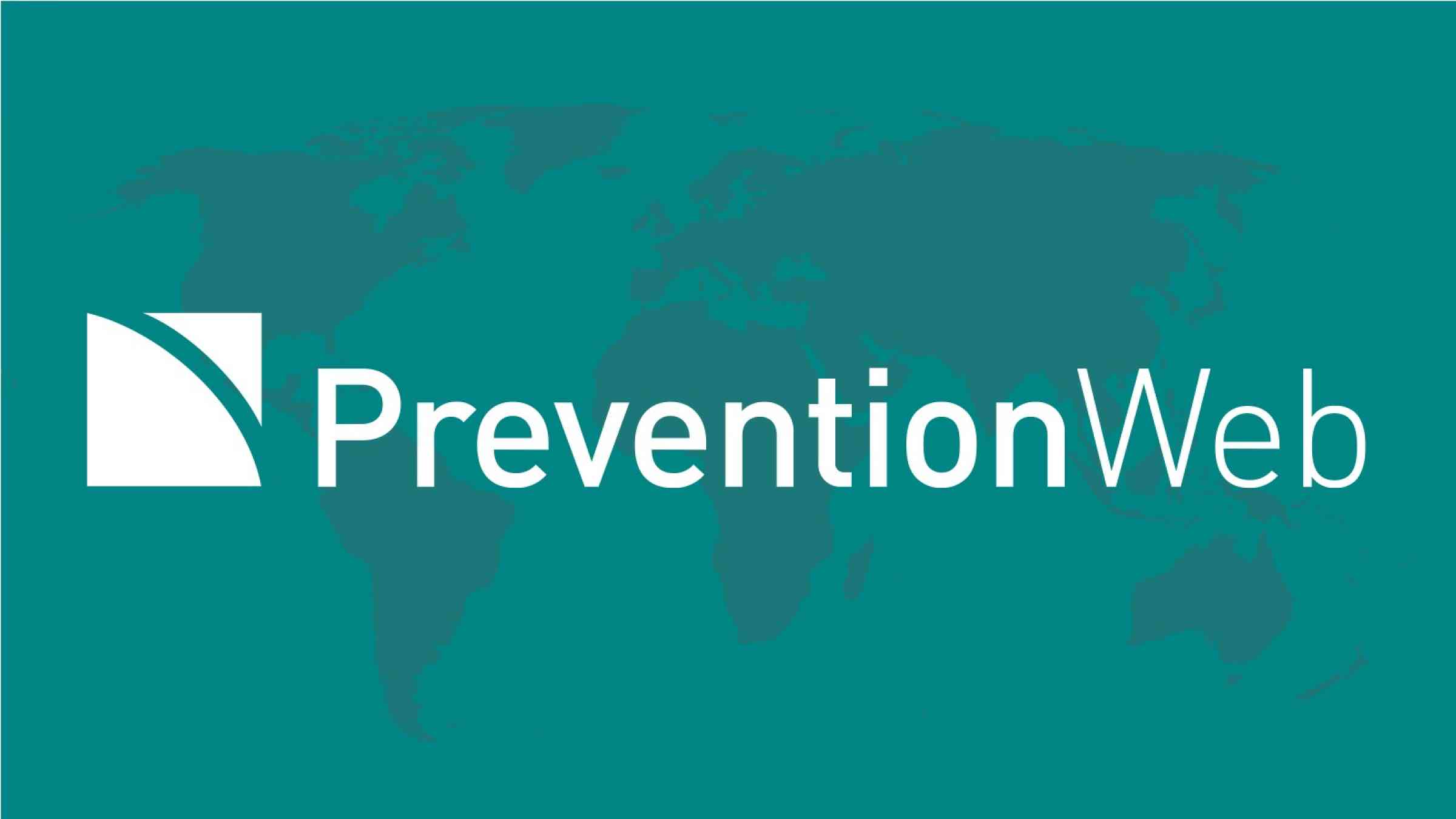Human mobility
Reducing, preparing for and responding to disaster displacement. Integrating disaster displacement and other related forms of human mobility into regional, national, sub-national and local DRR strategies.
Latest Human mobility additions in the Knowledge Base

These resources explore how to reduce evacuation time and prevent human losses.

These resources analyse how well-planned relocations can help to increase resilience and reduce disaster risk.







